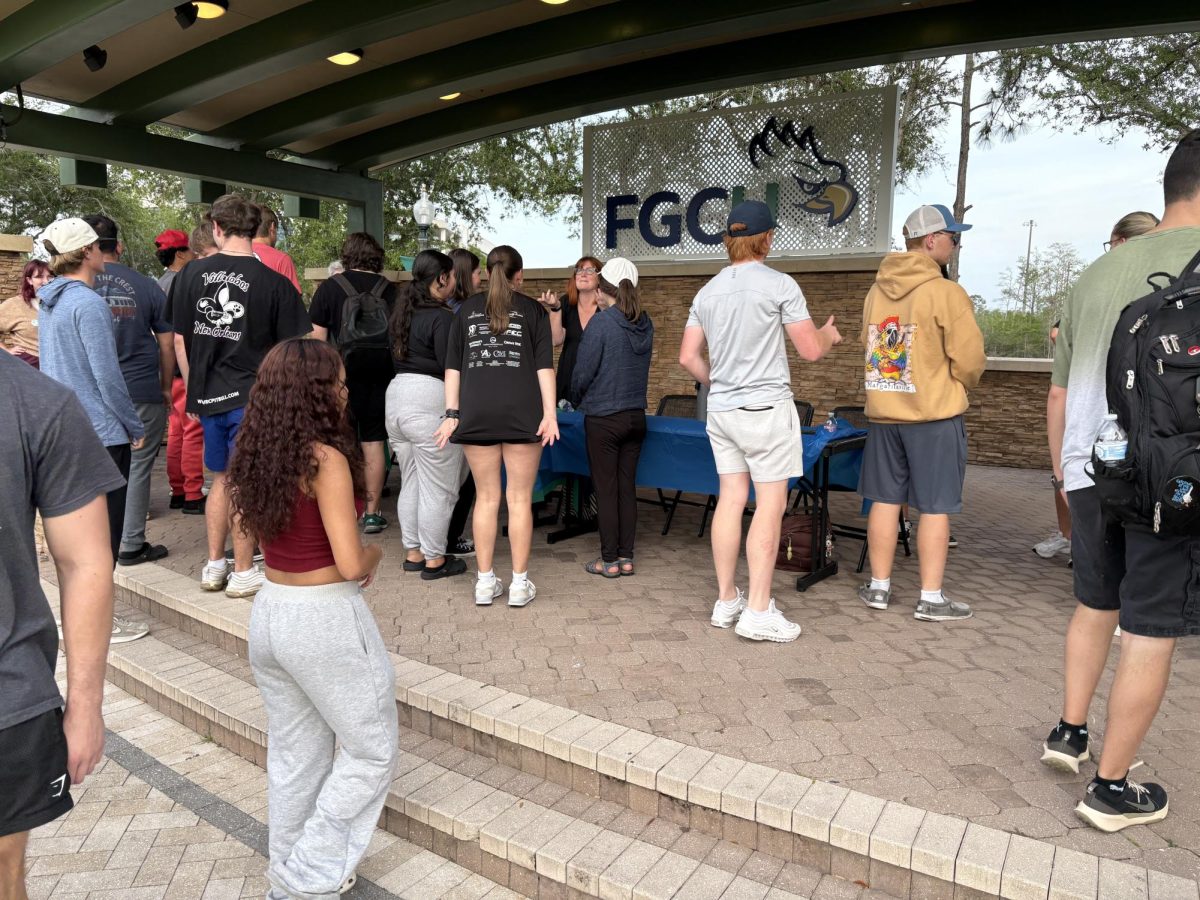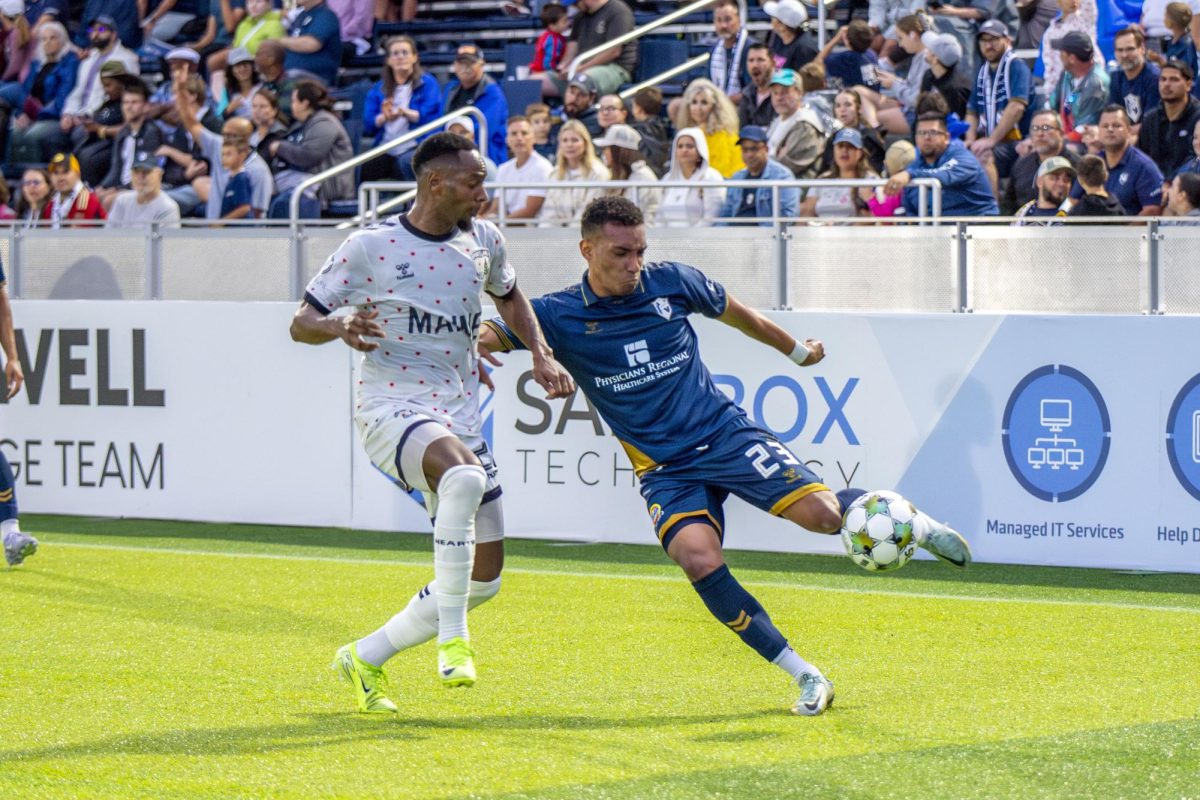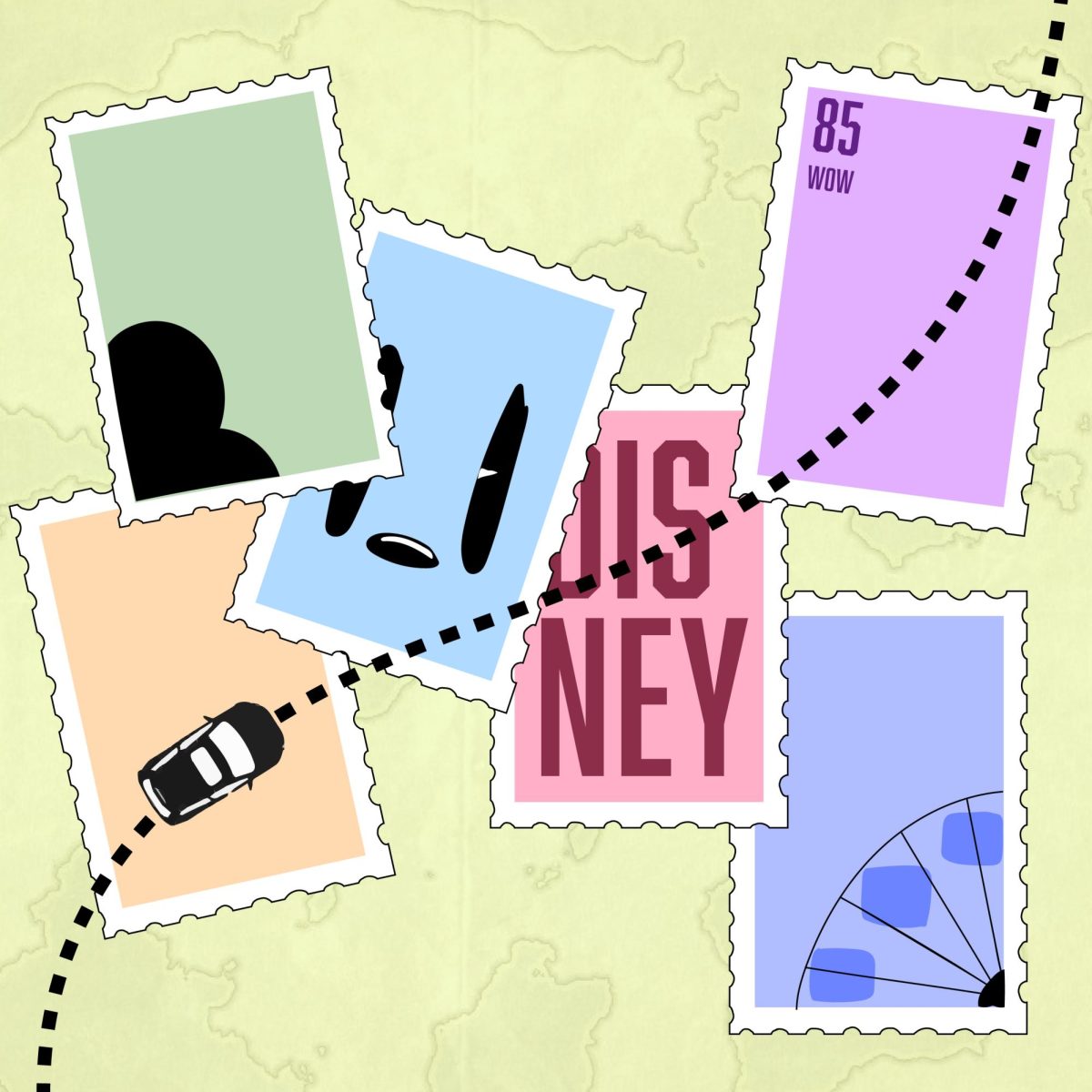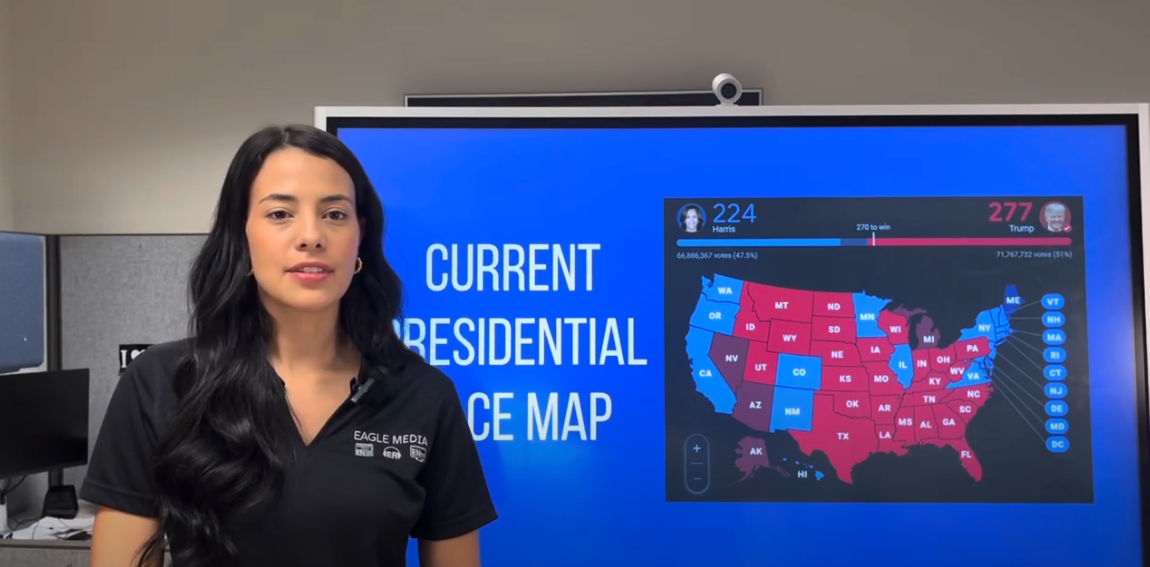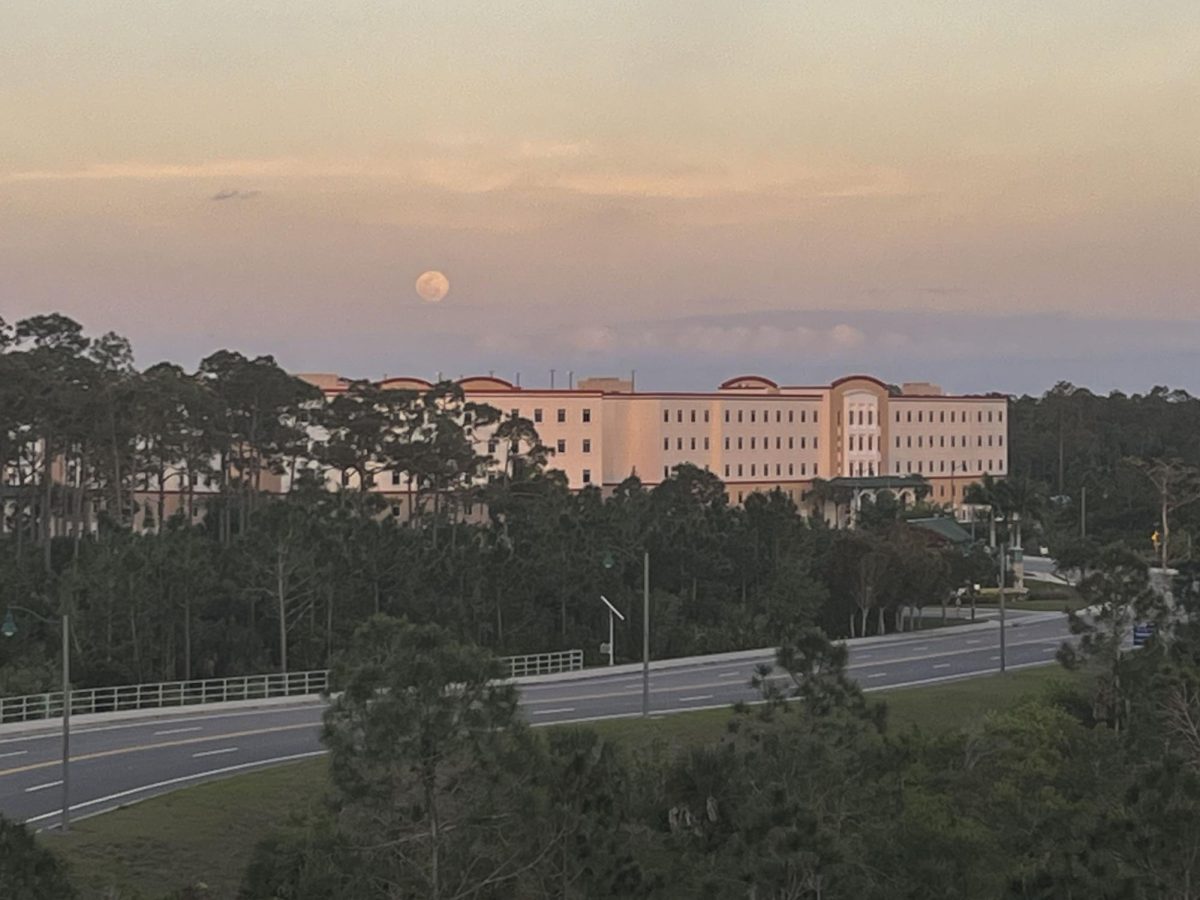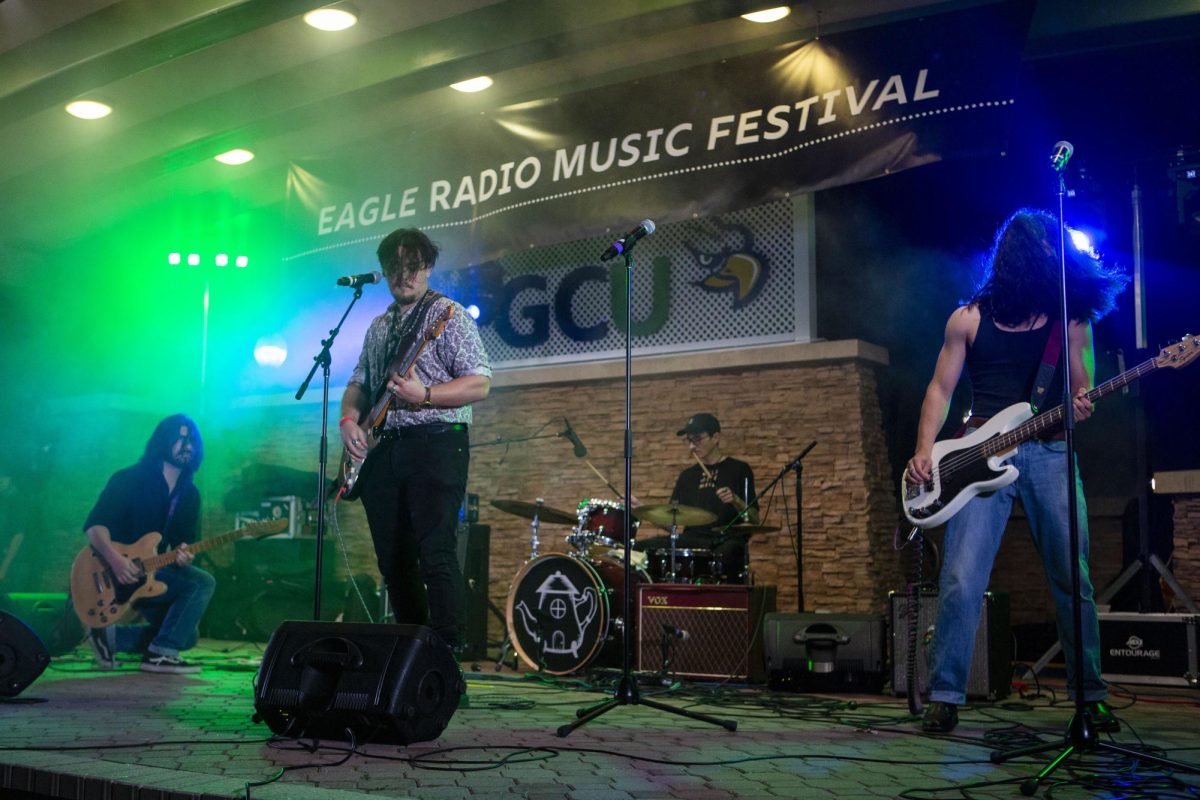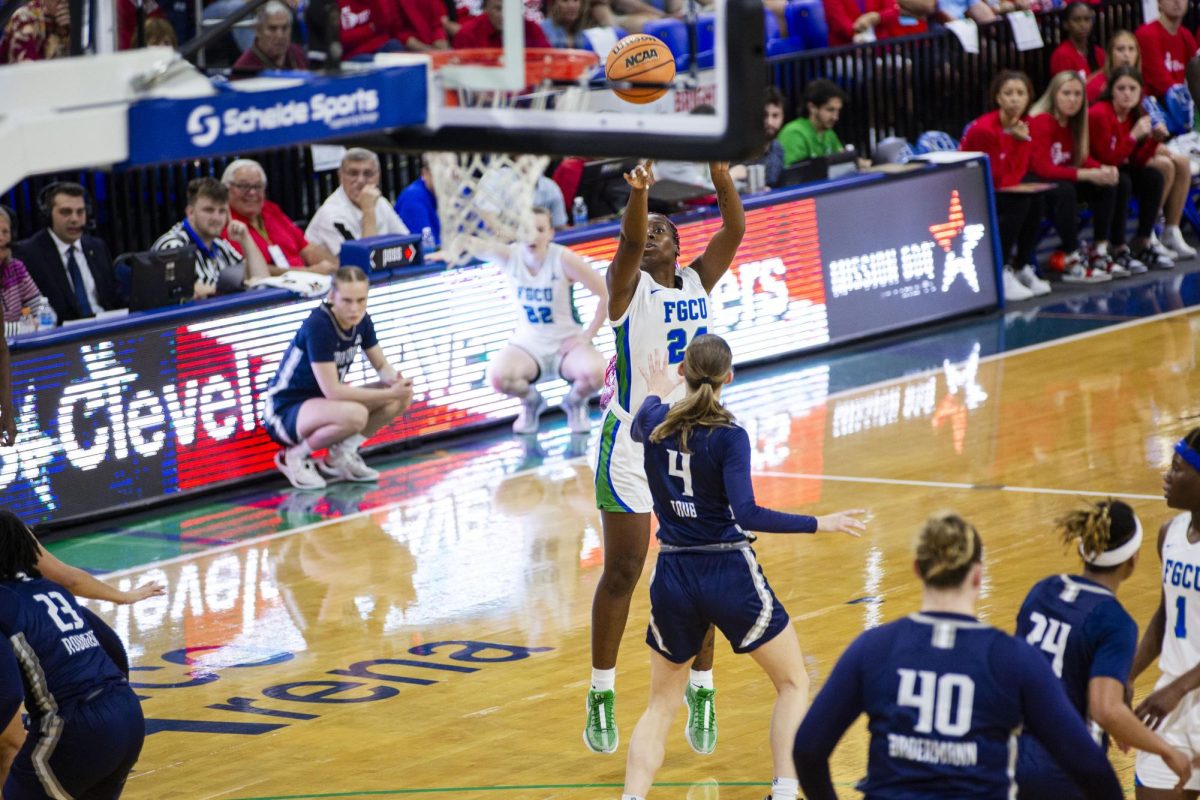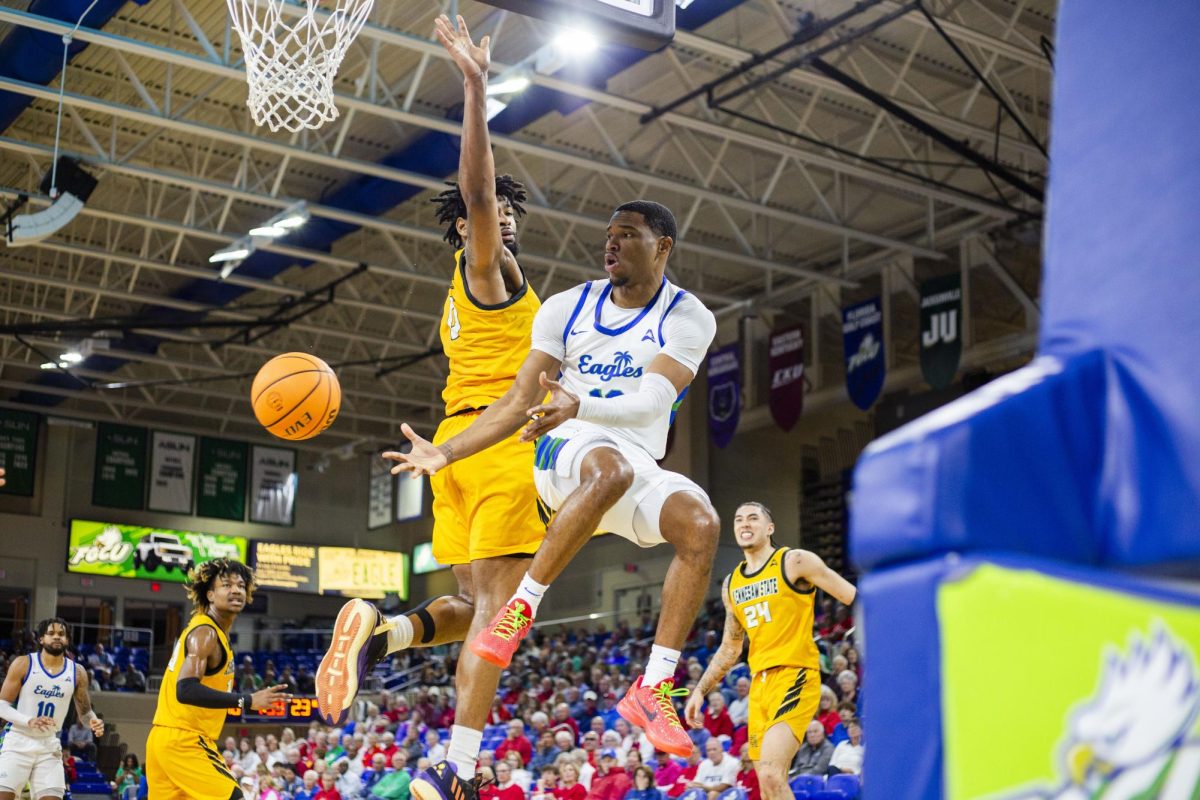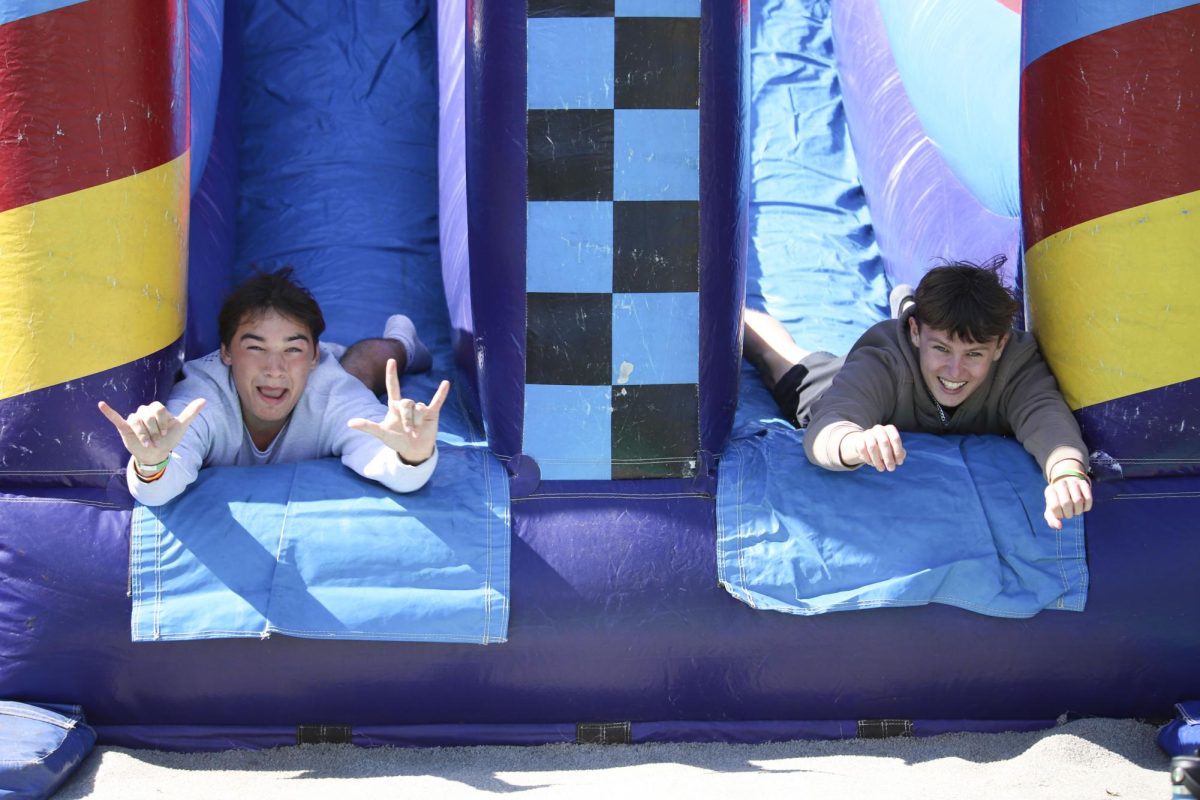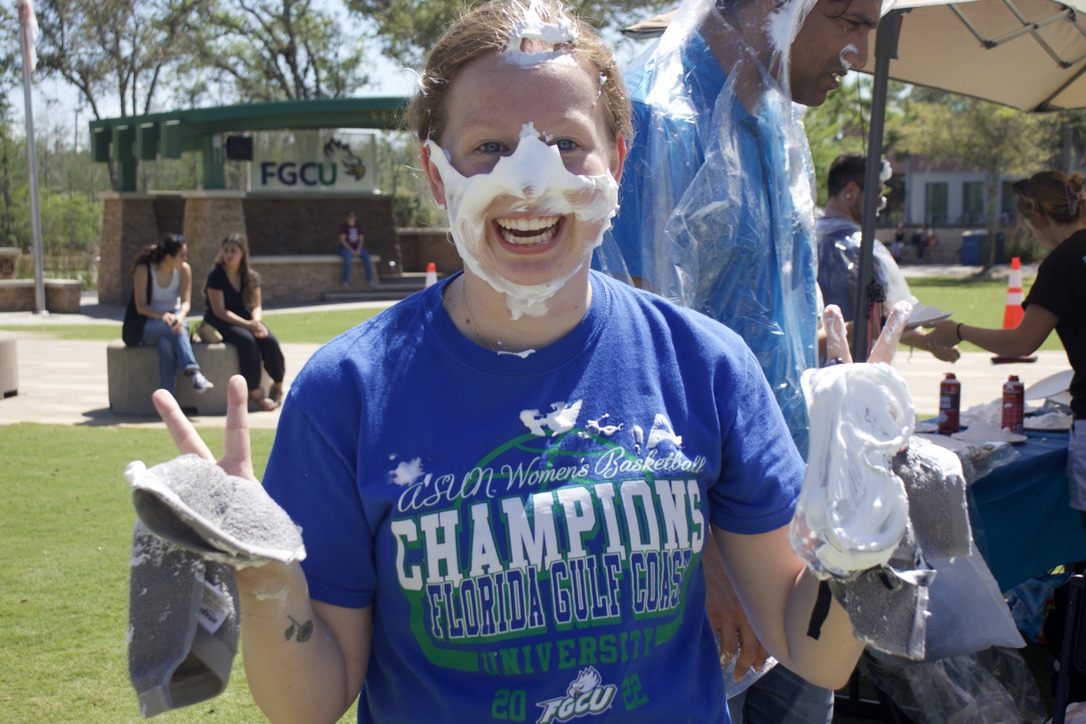The safety of students has always been a priority for the staff at FGCU. As students, we have several means to ensure our overall well-being. FGCU boasts an exceptional, exclusive police squad, a readily available medical center and multiple mental health facilities.
But to what extent does the campus really go the extra mile to provide students with a safe and easy way to traverse the campus? The importance of crosswalks plays a part in determining this extent.
Crosswalks are designed to provide students with a safe way of crossing the street without risking getting hit by a vehicle or recklessly running across a road, also known as jaywalking. They indicate the presence of pedestrians to drivers, making them aware of their surroundings.
Despite their simplicity, developing crosswalks could cost our campus a few thousand dollars to carefully plan and construct. The literal costs, but moral benefits, beg the question of whether FGCU is willing to build more of them within campus grounds. When interviewed, multiple student and staff drivers have expressed their annoyance with students running or walking across the roads, unaware of where the crosswalks are.
“This isn’t a very large school, and typically no one’s going to drive fast around the central school area. It really shouldn’t be a problem, but it is, and I agree that there should be a change,” said an anonymous student driver.
The problem seems to stem from the physical lack of crosswalks on school grounds. Simply put, all students and staff would like to see an increase in the number of crosswalks on campus roads. While it would cost the school board a few thousand dollars to implement these changes, the safety of our students would be better assured. This issue does not only affect students; staff members also wish to see an increase in crosswalks at FGCU.
“I do think there need to be more crosswalks available,” said Cara Ryan, an SLS teacher. “I do think students should have a safer way to get to their dorms, classes and events. It just wouldn’t harm anyone to have more around the area.”
Given what was discussed and said, one would think that the benefits of building more crosswalks would far outweigh the literal costs of building carefully thought-out crosswalks, and according to those interviewed, they would be right. Even staff members who were interviewed, who may be more aware of the costs of such developments, agree that there should be more crosswalks for students and staff to use. Despite how simple and insignificant they are, a good portion of students and staff agree that there should be a change. Whether it happens or not is up to the higher-ups to decide.


